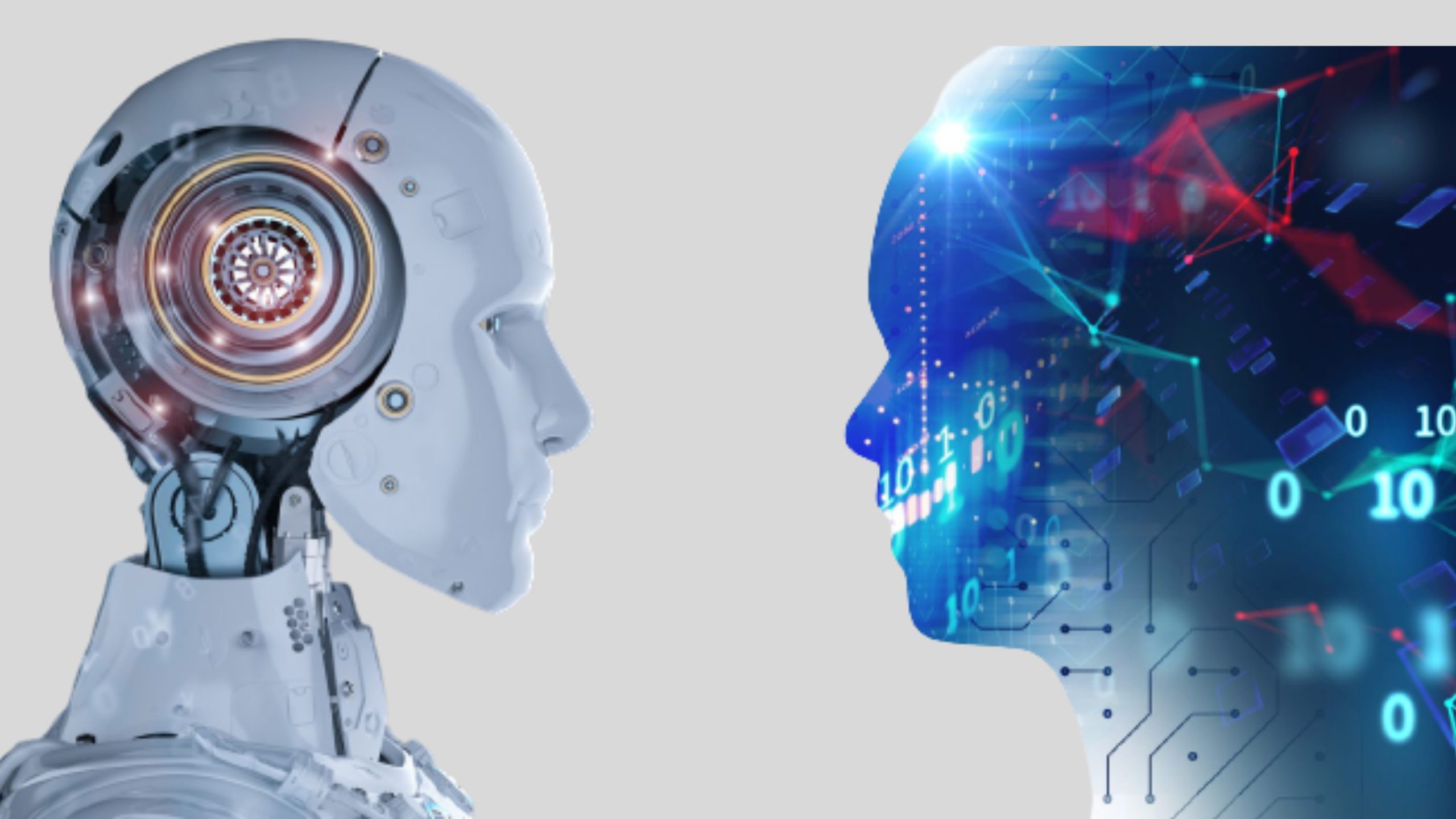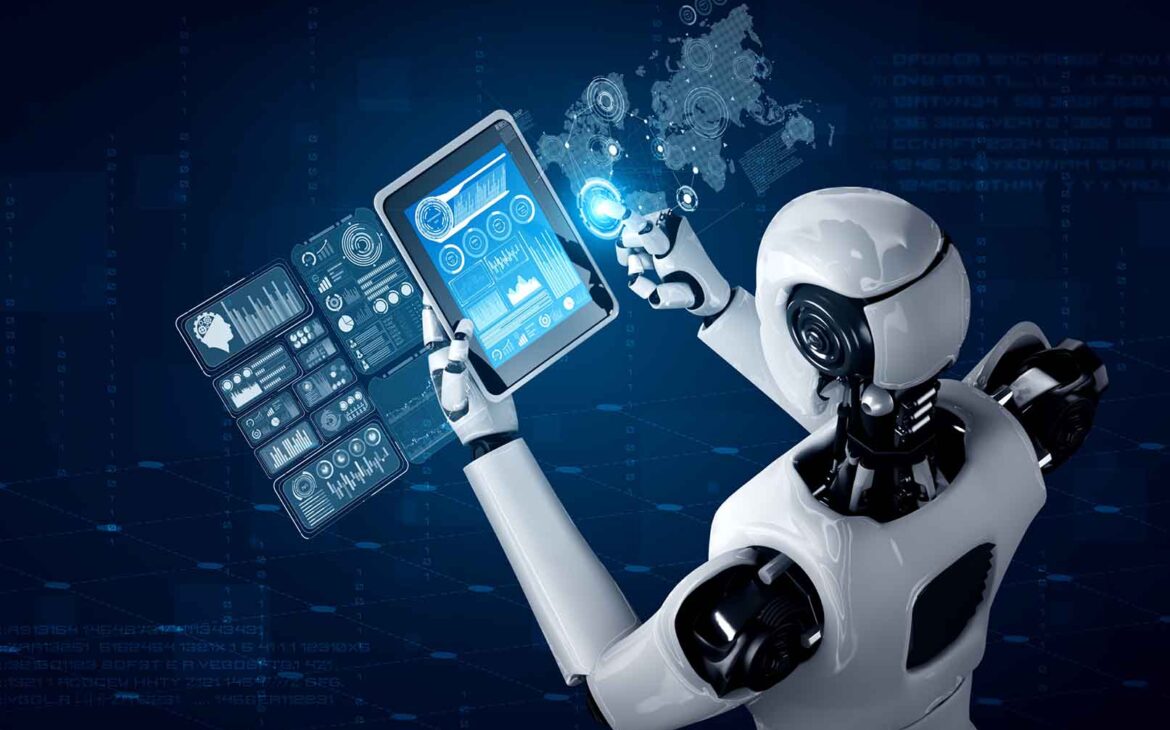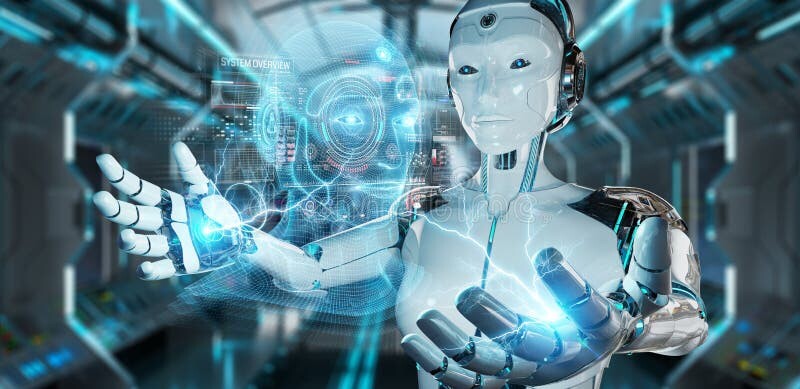Artificial Intelligence (AI) and Robotics are rapidly transforming industries and opening up exciting new possibilities. Understanding the potential of these technologies helps businesses and individuals prepare for a future where machines and intelligent systems play a key role in everyday life.
What Are AI and Robotics?
AI refers to the development of computer systems that can perform tasks that typically require human intelligence, such as learning, problem-solving, and decision-making. Robotics involves designing, building, and operating robots—machines that can carry out complex tasks, often with the support of AI to increase their efficiency and adaptability.
How AI and Robotics Work Together
AI enhances robotics by giving machines the ability to process information, learn from their environment, and make intelligent decisions. This combination allows robots to perform tasks autonomously, handle unexpected situations, and continuously improve through experience.
Key Areas of Opportunity
Healthcare: AI-powered robots assist in surgeries, rehabilitation, and elderly care. They improve precision, reduce recovery times, and can offer continuous monitoring.
Manufacturing: Smart robots are revolutionizing production lines with automated assembly, quality control, and predictive maintenance, leading to higher efficiency and reduced costs.
Agriculture: AI-driven robotic systems help with crop monitoring, harvesting, and soil analysis, improving yields and supporting sustainable farming practices.
Logistics and Delivery: Robotics combined with AI optimize supply chains, warehouse operations, and last-mile deliveries, making processes faster and more reliable.
Exploration: Robots equipped with AI are used in deep-sea and space exploration, reaching places that are dangerous or inaccessible to humans.
Benefits of AI and Robotics
These technologies increase productivity, improve safety in hazardous environments, enable faster decision-making, and open new possibilities for innovation across sectors.
Challenges to Consider
There are still concerns regarding high implementation costs, job displacement, and ethical considerations surrounding decision-making by machines. Continuous human supervision, proper regulation, and reskilling are essential to ensure balanced growth.
Conclusion
The opportunities in AI and robotics are vast and expanding. By embracing these advancements responsibly, industries can unlock incredible potential and shape a future where intelligent systems and humans work together to solve complex challenges.







Leave feedback about this